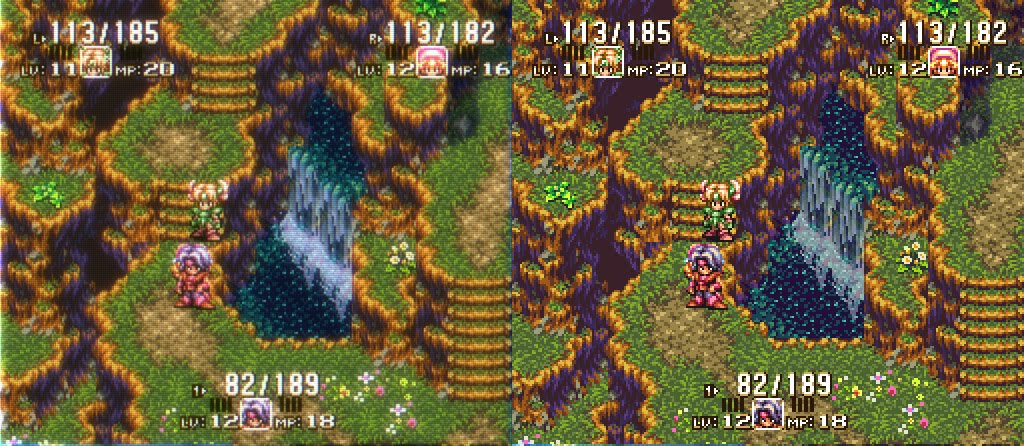Difference between revisions of "Todo"
(initial page) |
(more todo) |
||
| Line 16: | Line 16: | ||
==== Target ==== | ==== Target ==== | ||
A set of filters implementable in code. See also https://byuu.net/video/color-emulation for tips on keeping the color accurate (possibly a version w/o the gamma curve applied so it can be added as a separate step). | A set of filters implementable in code. See also https://byuu.net/video/color-emulation for tips on keeping the color accurate (possibly a version w/o the gamma curve applied so it can be added as a separate step). | ||
| + | |||
| + | === Atari 2600 === | ||
| + | Need to add not only info about homebrew development, but to copy the already-huge list of homebrew Atari carts. | ||
| + | |||
| + | === NES === | ||
| + | The NES, due to its high nostalgia and popularity factor, has tons of homebrew developed for it. Some people have even used [http://www.dustmop.io/blog/2019/09/10/what-remains-technical-breakdown/ variants of Lisp to build games]. | ||
Latest revision as of 11:16, 13 September 2019
This page is a to-do list for this site.
Projects
Phosphor Glow Emulation
From this post by byuu on HN:
Phosphor glow is one of my favorite effects. One of these days I'd really love to have a software-mode C++ filter for that.
It can be done through filtering, but it's really hard to make it look good. A person named Psiga made this mock-up for Secret of Mana in Photoshop that has always astounded me: https://sites.google.com/site/psigamp3/PhosphorSimTest1.jpg
Unfortunately, no one's been able to figure out exactly how it was made to replicate it in software. But something like it would really add a lot.
There are however really good CRT simulation pixel shaders, such as CRT-Royale: http://emulation.gametechwiki.com/index.php/CRT-Royale
Target
A set of filters implementable in code. See also https://byuu.net/video/color-emulation for tips on keeping the color accurate (possibly a version w/o the gamma curve applied so it can be added as a separate step).
Atari 2600
Need to add not only info about homebrew development, but to copy the already-huge list of homebrew Atari carts.
NES
The NES, due to its high nostalgia and popularity factor, has tons of homebrew developed for it. Some people have even used variants of Lisp to build games.
